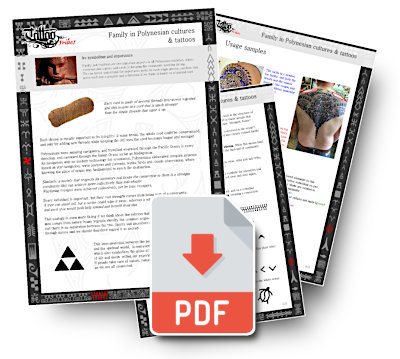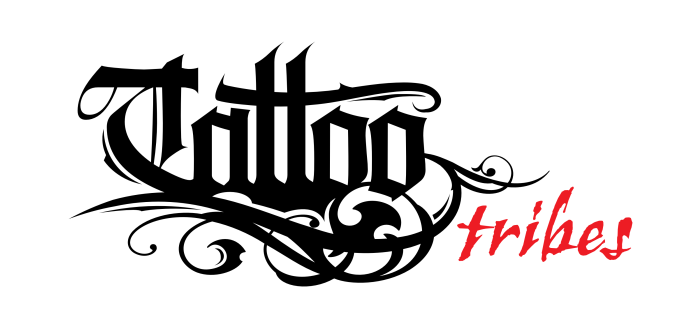
Family as a Braided Cord Analogy
Family and tradition are two important aspects in all Polynesian societies, where everyone has a place and a role in keeping the community growing strong. We can better understand the importance given to each single person, and how this gives each one a purpose and a direction if we think of family as a braided cord:

Each cord is made of several threads interwoven together, and this results in a cord that is much stronger than the single threads that make it up.
Each thread is equally important to its integrity: if some break, the whole cord could be compromised, and only by adding new threads while keeping the old ones the cord becomes longer and stronger.
Wayfaring and the Importance of Ancestors
Polynesians were amazing navigators, and travelled eastward through the Pacific Ocean in every direction, and westward through the Indian Ocean as far as Madagascar. As navigators with no modern technology for orientation, Polynesians elaborated complex systems based on star navigation, wave patterns and currents, winds, birds and clouds observation, where knowing the place of origin was fundamental to reach the destination.
Similarly, a society that respects its ancestors and keeps the connection to them is a stronger community that can achieve more collectively than individually.
Wayfaring voyages were achieved collectively, not by lone voyagers.
Every individual is important, but their real strength comes from being part of a community.A tree can stand tall, but a ravine could wipe it away, whereas a whole forest would keep the land firm, and each tree would both help toward and benefit from this.
Nature, Spirits, and Community (Lōkahi)
This analogy is even more fitting if we think about the relation that Polynesian people have with nature: man comes from nature (many legends identify the common origin of people and plants like flax or taro) and there is no separation between the two. Spirits and ancestors also manifest themselves through nature and we should therefore regard it as sacred.

This inteconnection between the people, the land, and the spiritual world, is represented by the Hawaiian symbol lokahi ( lō kahi originally), which also symbolizes the union of light (in the center) and darkness, of life and death within our experience of the world. If people take care of nature, nature will take care of the people as we are all connected.
Maori Society Structure and Land
The importance of community and land is particularly evident if we take a look at the structure of Maori society, and at the words used to define it: Maori people are divided in major groups that we can call "tribal nations". The Maori word for this is iwi which also means "strength, bones".
Each iwi is made up of several sub-groups called hapu (it also means "pregnant, conceived in the womb"), whose members share a common tipuna (ancestor), and these are divided into closely related family groups called whanau which also means "to be born".
All of these groups are closely linked to specific places, referenced as whenua. While this means land, it also means "afterbirth" or "placenta" so it's evident the importance of the land and of community in defining one's strength and birth right.
In fact, when introducing themselves, Maori people name their mountain, river, tribe and sub-tribe, and marae in this order, to state their place in the world and in society.
Specific Symbols representing Family
The importance of continuity can be seen in tattoos as well, where the symbols for ancestors and traditions are often patterns derived from nature, which can be repeated over and over again, to design longer motifs that give continuity to the design.
The Marquesan symbol ipu represents a gourd and as a container it is used in tattoos to collect ancestors' mana, creating a connection with them:

The ani ata is another Marquesan pattern that represents a row of ancestors holding their uplifted hands:

The Tahitian tapa'au symbol representing a braided cord symbolizes family unity and tradition:

The kapua'i Hawaiian motif represents the footsteps of the ancestors:

The ritorito symbol represents the central shoot of the flax plant (rito), which is a representation of family in Maori traditions:

The fa'avaetuli Samoan motif represents ancestors and gods, as they are often, the first ancestors in most cases:

The turtle (or honu in Hawaiian) is another symbol used to represent family, possibly because they cross the whole ocean to go back to the beach where they were born in order to lay their eggs there:

Usage Examples
The turtle is a symbol for family, and both the braids and the enata inside it (the couple and three children) underline this aspect:
The ani ata motif on top represents ancestors giving protection and guiding the family from above:
You can click on the photos to read the full description of each tattoo.



